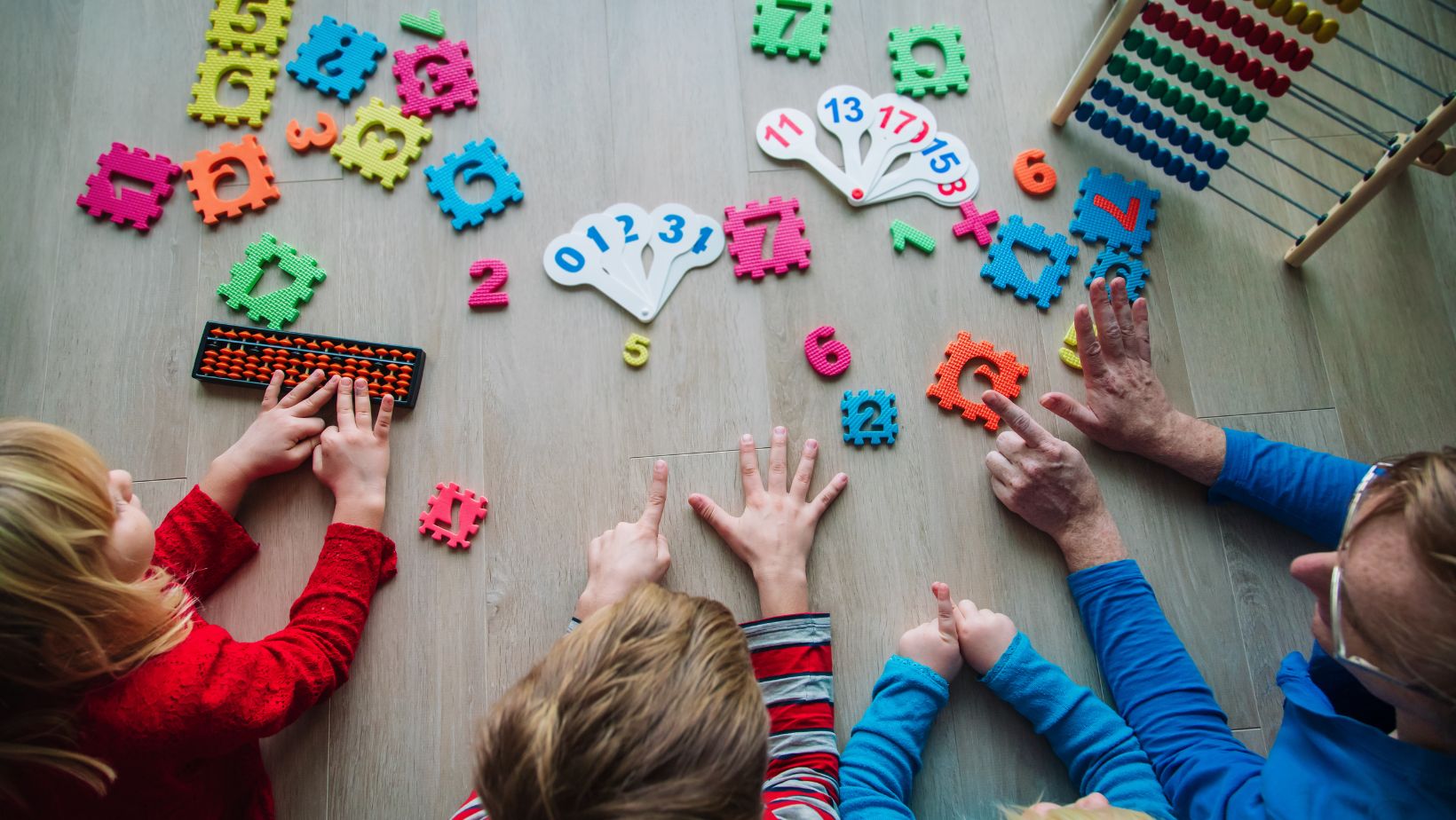
Creativity is a key element of childhood development. It shapes how children think, solve problems, and engage with the world. It also helps them explore their imagination, build confidence, and develop essential skills for adapting to new challenges. Hence, encouraging creativity from an early age lays the foundation for lifelong learning and growth.
There are many ways to nurture a child’s creativity, from arts and crafts to exploring nature. One of the most effective methods is through play, which offers children a natural and enjoyable way to express themselves and experiment with ideas. Play enables them to discover their interests and build critical thinking skills without pressure. Through imaginative play, children often connect with characters they admire, and Youtooz plushies, as collectible figures, can spark storytelling and role-playing that further fuels their creativity.
This article shares five practical tips to help parents encourage creativity in children through play.
Encourage Outdoor Play
Outdoor play offers endless opportunities for children to explore and ignite their creativity. Being in nature helps children think imaginatively as they interact with their surroundings and invent new ways to play. Activities like climbing trees, building sandcastles, or observing wildlife inspire unique ideas and strengthen problem-solving skills.
Parents can also make outdoor play more engaging with scavenger hunts, nature-inspired crafts, or imaginative games. For example, an Australian kid pretending to be an explorer in the park can spark stories and ideas they might not have had indoors. Visiting toy shops australia is known for, to pick up outdoor-friendly items like balls or kites, can also turn a simple outing into a creative adventure.
Families living in urban areas without large green spaces can still encourage outdoor creativity. Small courtyards, balconies, or even trips to nearby gardens can provide inspiration. Activities like chalk art or planting flowers in pots are simple yet effective ways to spark imaginative thinking.
Provide Open-Ended Toys
Open-ended toys are play items that do not have a specific purpose, goal, or set of instructions. They allow children to use their imagination and creativity freely. These toys can be used in multiple ways, encouraging kids to explore different ideas and create their own games or scenarios.
Some examples of open-ended toys include building blocks, modeling clay, and dolls. Such toys inspire children to think beyond instructions or rules, giving them the freedom to use their imagination. They can be adapted to suit various imaginative play activities, promoting problem-solving and independent thinking.

Families without access to traditional toys can use everyday items like cardboard boxes, fabric scraps, or kitchen utensils. These items are just as effective in sparking imaginative play, proving creativity doesn’t require expensive tools.
Introduce Creative Arts
Arts and crafts are excellent ways to boost creativity while teaching children to express their thoughts visually. Activities such as painting, drawing, or crafting allow kids to explore different textures, colors, and shapes, fostering imaginative thinking.
Parents can set up a simple art station at home with affordable supplies like paper, crayons, and stickers. These materials encourage free expression and allow children to experiment with different ideas.
For parents concerned about mess, using washable supplies or setting up a designated art space can make the process easier. Encouraging children to help clean up not only reduces stress but also teaches responsibility and ownership of their creations.
Limit Screen Time
Screen time refers to the amount of time spent using devices with screens, such as televisions, tablets, smartphones, and computers. This includes activities like watching videos, playing video games, browsing the internet, or using apps.
Excessive screen time can reduce opportunities for active engagement and imaginative thinking. Encouraging children to replace some screen time with hands-on activities helps them develop problem-solving skills and creativity.
Simple replacements like storytelling sessions, puzzles, or board games can provide valuable alternatives. This balance ensures they still enjoy entertainment but don’t rely solely on screens for engagement.
Establishing boundaries around screen use can help create a healthy routine. Clear rules and engaging alternatives allow children to explore their imagination without feeling restricted or deprived.
Encourage Role-Playing Games
Role-playing games allow children to step into new characters and create their own worlds. Whether pretending to be a teacher, a shopkeeper, or a superhero, these scenarios build storytelling skills and encourage problem-solving.

Parents can support role-playing by setting up simple games at home. For example, a pretend grocery store using household items can teach both creativity and real-world skills. Adding props like costumes or themed toys makes these activities even more immersive and fun.
For families with multiple children, group role-playing games promote teamwork and collaboration. Inviting friends or siblings to join creates dynamic stories and helps children learn to work together while exploring their imaginations.
Final Thoughts
A helpful tip for parents is to participate in their child’s playtime whenever possible actively. Joining in on these creative activities strengthens the parent-child bond and encourages children to explore new ideas and expand their imagination.
Overall, showing interest in their creative efforts reinforces the value of creativity and boosts their confidence in trying new things. For further guidance, parents can consult educators or professionals to tailor creative activities to their child’s unique needs.












